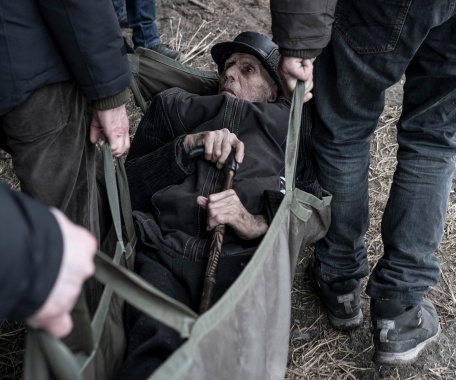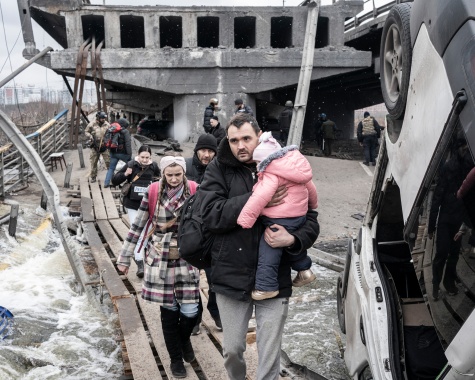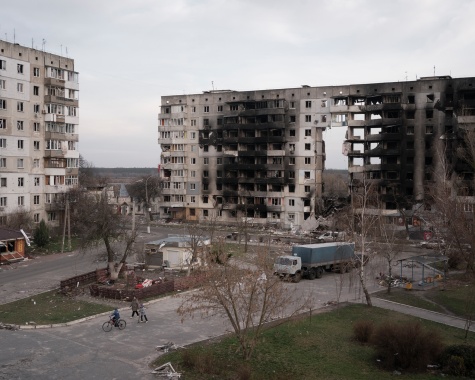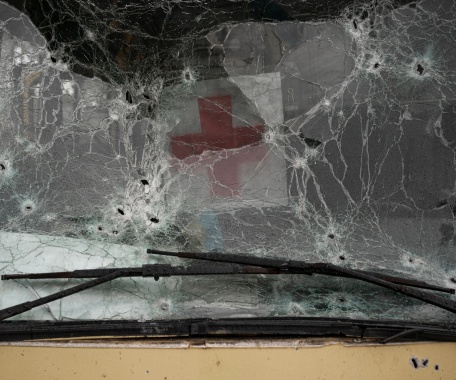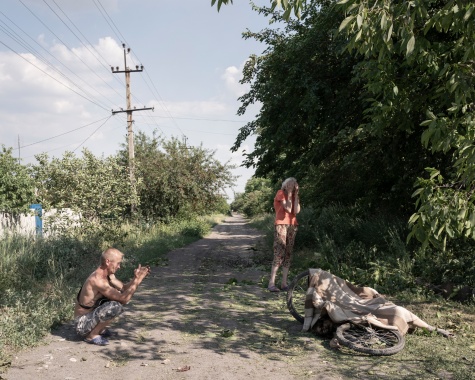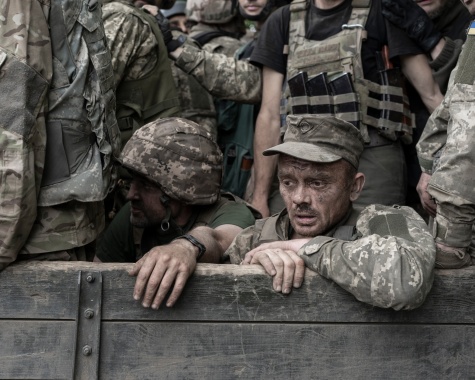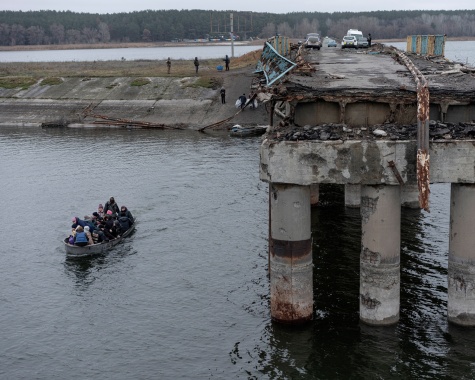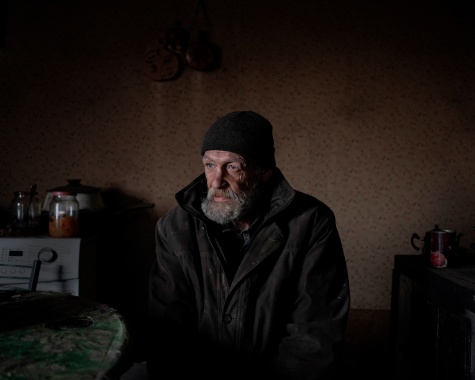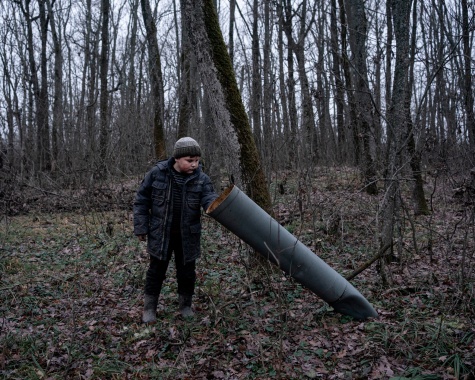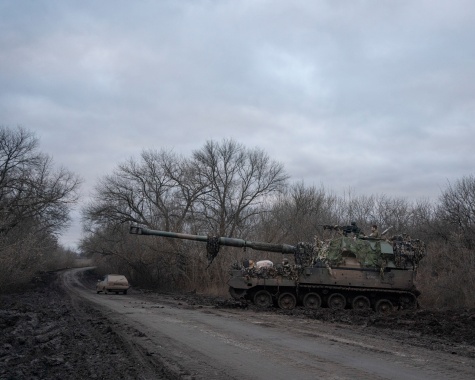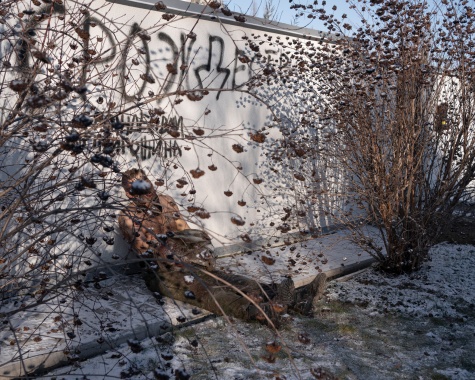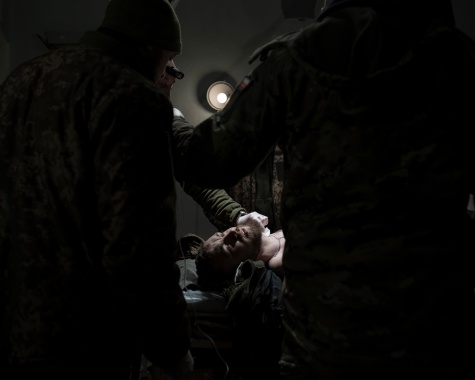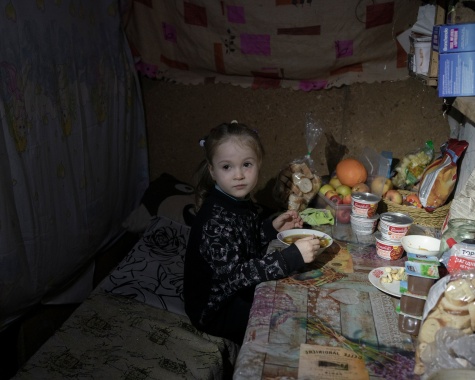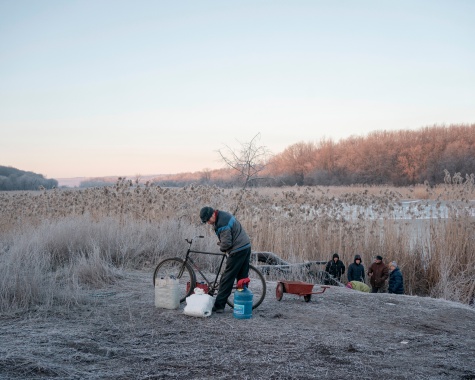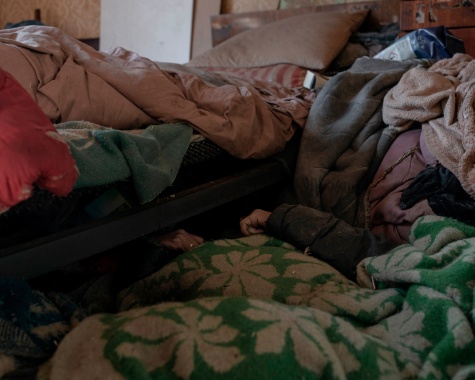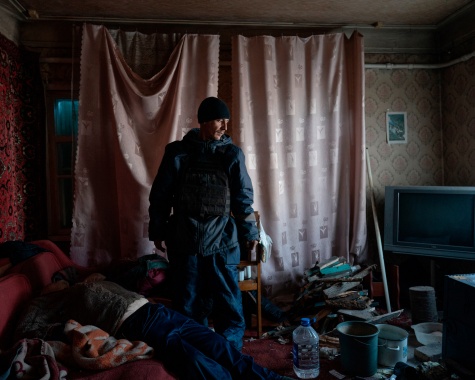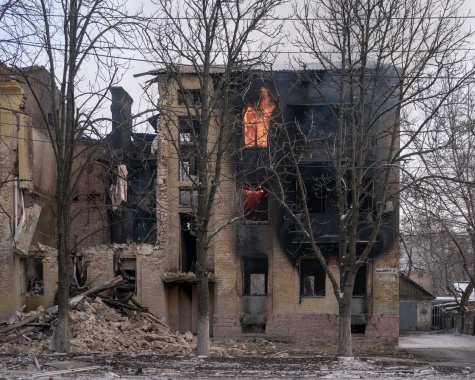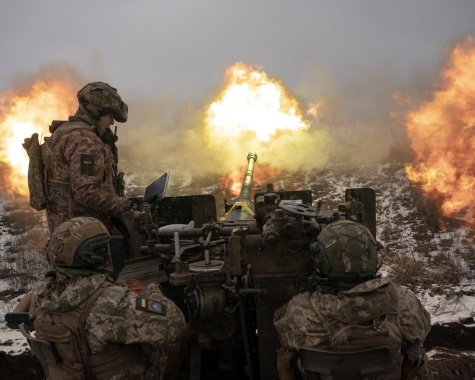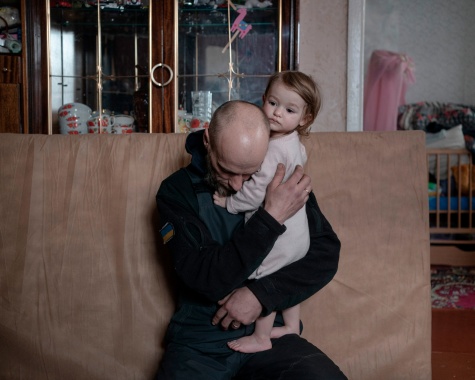Johanna-Maria Fritz: A Grave in the Garden
Since the start of the Russian invasion of Ukraine on February 24, 2022, the German photojournalist has been travelling to the most dangerous areas of the country, capturing the events and consequences of the conflict, which is as senseless as it is sad. Her impressive reportage offers direct insight into the daily lives of a people fighting to survive.
The furrows and wrinkles on a person’s face can reveal a whole story. Developed over the years and decades, they not only reflect an expression of age, but also of all the experiences that have been gathered over the course of a lifetime. Love and passion, joy and sorrow, hope and pain. Oleg Yevsgineyev was 62 years old in November 2022; his wrinkles are deep, his beard is turning grey, but he never imagined he would have to go through what he is currently experiencing. War rages all around him. Wearing his jacket and a woollen cap, he sits at home in Rubizhne, Kharkiv, Ukraine, in the middle of Europe, seemingly about to flee. Yet it looks as though he cannot move, as though the shock he is experiencing is much too great. His shoulders droop, his eyes stare into nothingness, the fear of not knowing what lies ahead has become his constant companion. War. Fear. Emptiness. Johanna-Maria Fritz photographed Oleg Yevsgineyev. He is one of many she has met since February 17, 2022, the day she entered Ukraine and began her project. “I want my pictures to reveal the terror of the war and its impact on the people,” she says. “My reports contribute to sharing their stories and experiences, and to raising further awareness of the conflict. The challenge for me is to be sensitive, while also respecting their private spheres. The well-being and dignity of the people I photograph has top priority.”
“Through my work, I’ve learnt that the reality of war is often different to what you might imagine. I’ve also learnt that listening and asking questions is of decisive importance, to uncover the truth and understand people’s stories.”
The young reporter has been all over Ukraine since the beginning of the all-out invasion. She has been in Kiev, Irpin, Kherson, Bakhmut, and Bucha; in places that dominate media headlines with fierce fighting and countless deaths, and whose names stand for all the atrocities that are taking place in the country. Dead bodies, torture cellars, graves – Fritz has experienced the horrors of war first hand, and has seen things that no one would want to see. “In general, the country is a dangerous place,” she says. “In recent months there has been an increase in drone and rocket attacks. The danger doesn’t only come from the air, but also from the ground in the occupied areas. There are mines hidden everywhere, and one false step can be deadly. It's important to be aware and to know what a drone or a mortar sounds like.”
“The series has evolved over the year, and I plan to continue working on it, till peace reigns in Ukraine.”
Artillery shots, fires, bombed-out houses, lifeless bodies – her pictures were taken in the midst of the conflict, documenting the events and drawing attention to those who are still alive. A young Ukrainian father holds his one-year-old daughter firmly in his arms – an image that is exceedingly depressing and, at the same time, says everything about a war in which, in the end, it is the innocent who are the victims. Johanna-Maria Fritz’s series gives a face to the suffering.
Fritz’s project was proposed by Gilles Steinmann and Markus Hartmann, who were among this year’s 60 international LOBA nominators.
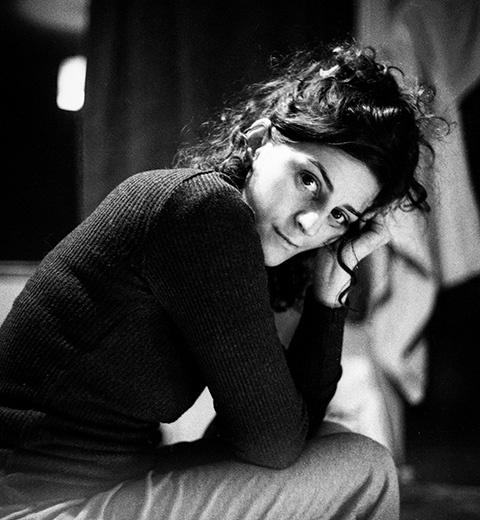
Johanna-Maria Fritz
Born in 1994, Fritz studied Photography at the Ostkreuzschule für Fotografie and has been a member of the Ostkreuz Agency since 2019. Her work focuses on disadvantaged or forgotten groups, women and conflict areas. Her images have been published in Spiegel, der Zeit and Le Monde, among others. She is the recipient of the Inge Morath Award, the German Peace Prize for Photography and a PH grant for photography.
Portrait: © Jim Huylebroek
